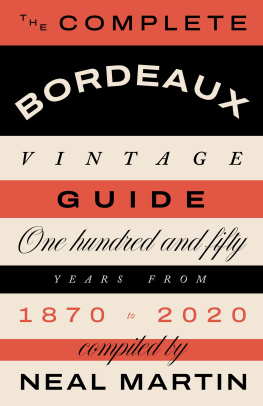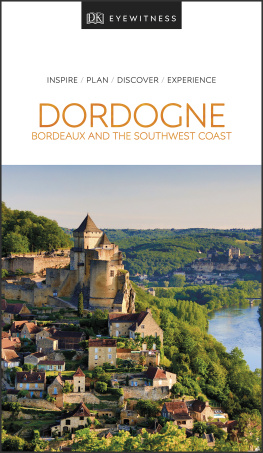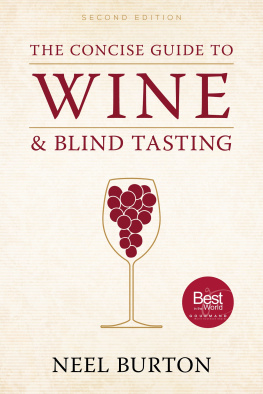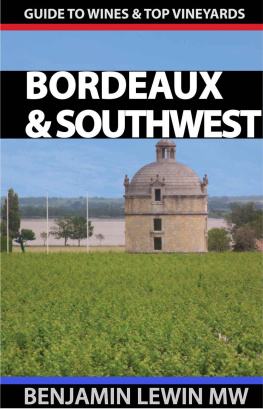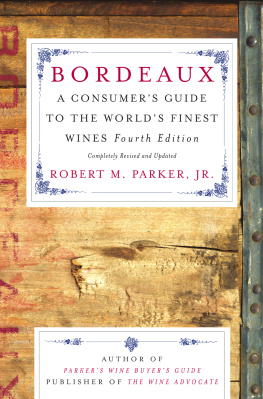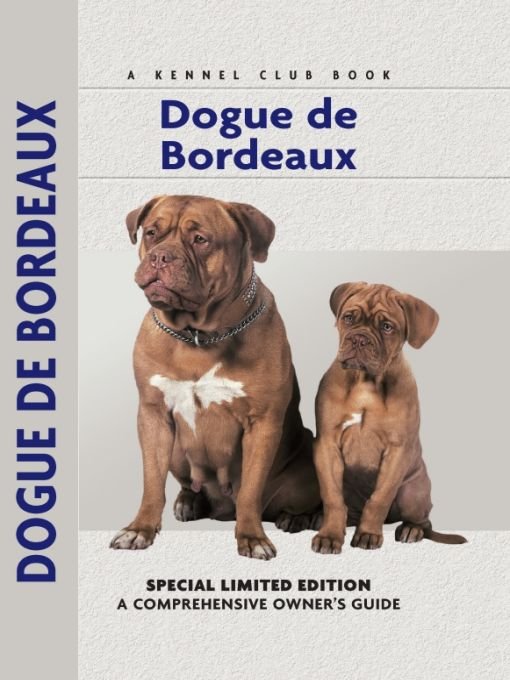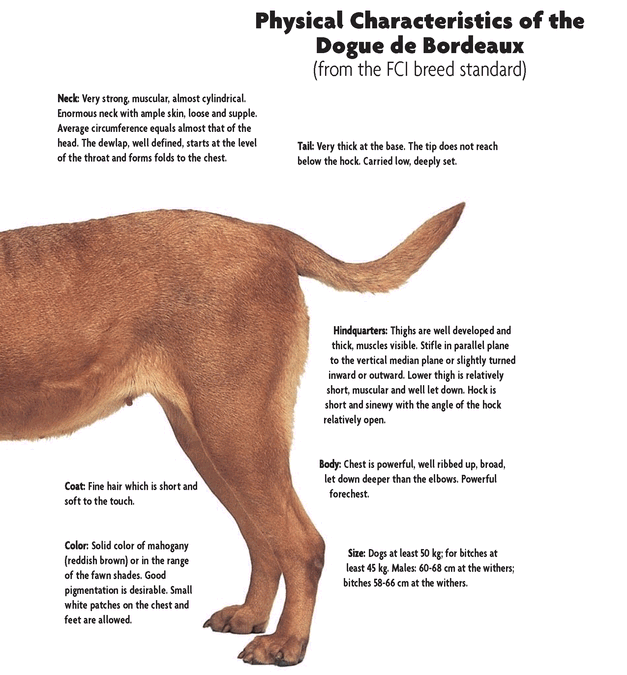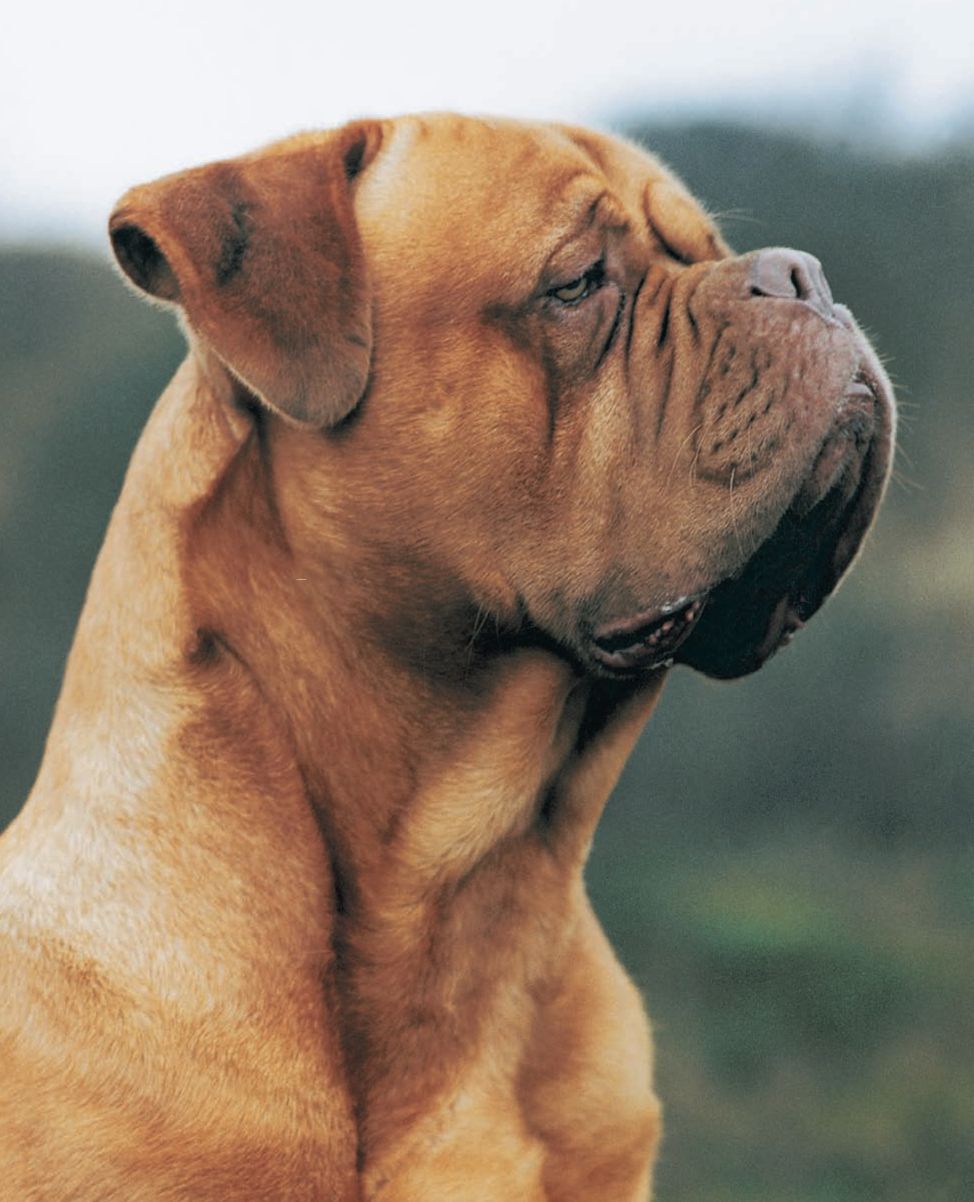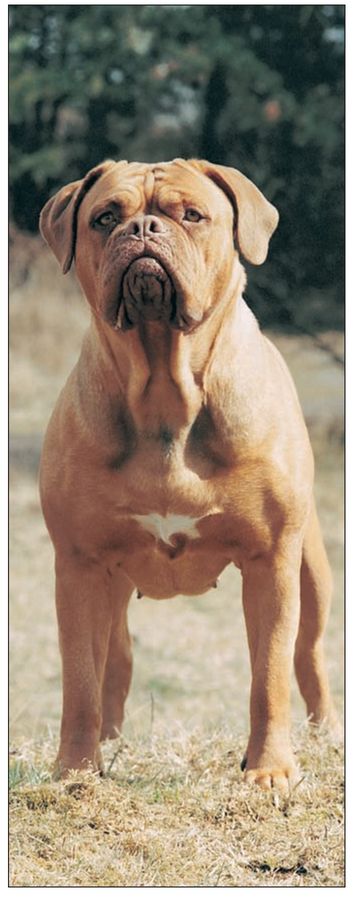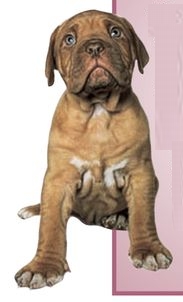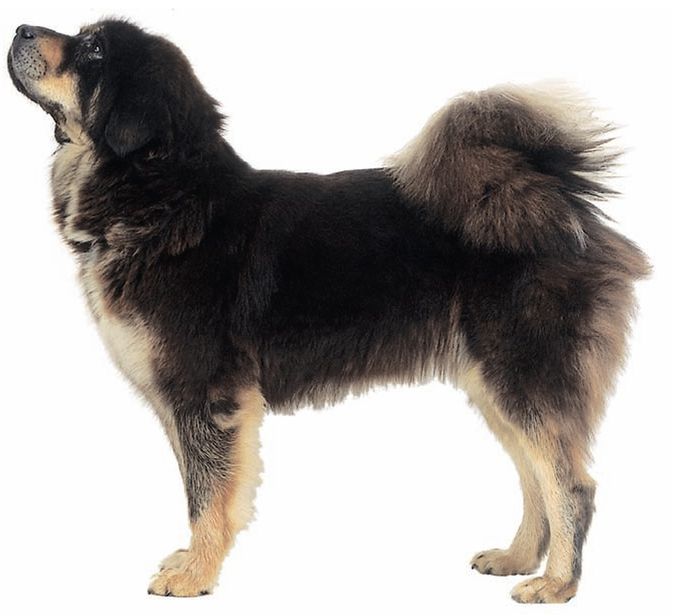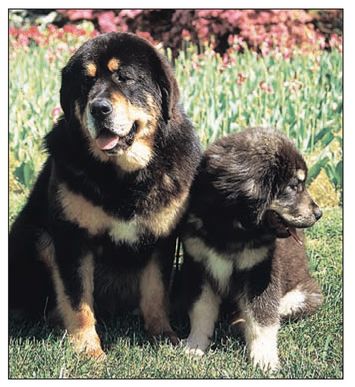Joseph Janish - Dogue De Bordeaux
Here you can read online Joseph Janish - Dogue De Bordeaux full text of the book (entire story) in english for free. Download pdf and epub, get meaning, cover and reviews about this ebook. year: 2011, publisher: CompanionHouse Books, genre: Children. Description of the work, (preface) as well as reviews are available. Best literature library LitArk.com created for fans of good reading and offers a wide selection of genres:
Romance novel
Science fiction
Adventure
Detective
Science
History
Home and family
Prose
Art
Politics
Computer
Non-fiction
Religion
Business
Children
Humor
Choose a favorite category and find really read worthwhile books. Enjoy immersion in the world of imagination, feel the emotions of the characters or learn something new for yourself, make an fascinating discovery.

- Book:Dogue De Bordeaux
- Author:
- Publisher:CompanionHouse Books
- Genre:
- Year:2011
- Rating:4 / 5
- Favourites:Add to favourites
- Your mark:
Dogue De Bordeaux: summary, description and annotation
We offer to read an annotation, description, summary or preface (depends on what the author of the book "Dogue De Bordeaux" wrote himself). If you haven't found the necessary information about the book — write in the comments, we will try to find it.
With a name that rightly conjures images of lush vineyards, the Dogue de Bordeaux indeed comes from the worlds wine capital in southwestern France. Like the rich red Bordeaux wine, the Dogue de Bordeaux is draped in a deep red coat and boasts the most magnificent head in dogdom. As author Joe Janish reveals in this full-color introduction to the breed, the Dogue de Bordeaux has a heart as impressive as his head and makes a sincere and fun-loving companion for the right owner and family. Naturally a 130-pound mastiff dog is not a dog for everyone, and the Dogue is a guardian breed of relentless power and great agility. This Comprehensive Owners Guide dedicated to Dogue de Bordeaux begins with a chapter on the breeds history, tracing its origins and spread to the United States, England, and various European countries. The chapter on characteristics provides an overview of the breeds temperament, physical characteristics, activity level, and health concerns, all the information a potential owner needs to determine whether this remarkable French mastiff breed is the Dogue from him or her.
New owners will welcome the well-prepared chapter on finding a reputable breeder and selecting a healthy, sound puppy. Chapters on puppy-proofing the home and yard, purchasing the right supplies for the puppy as well as house-training, feeding, exercise, and grooming are illustrated with photographs of handsome adults and puppies. In all, there are over 135 full-color photographs in this useful and reliable volume. The authors advice on obedience training will help the reader better mold and train into the most well-mannered dog in the neighborhood. The extensive and lavishly illustrated chapter on healthcare provides up-to-date detailed information on selecting a qualified veterinarian, vaccinations, preventing and dealing with parasites, infectious diseases, and more. Sidebars throughout the text offer helpful hints, covering topics as diverse as historical dogs, breeders, or kennels, toxic plants, first aid, crate training, carsickness, fussy eaters, and parasite control. Fully indexed.
Joseph Janish: author's other books
Who wrote Dogue De Bordeaux? Find out the surname, the name of the author of the book and a list of all author's works by series.

